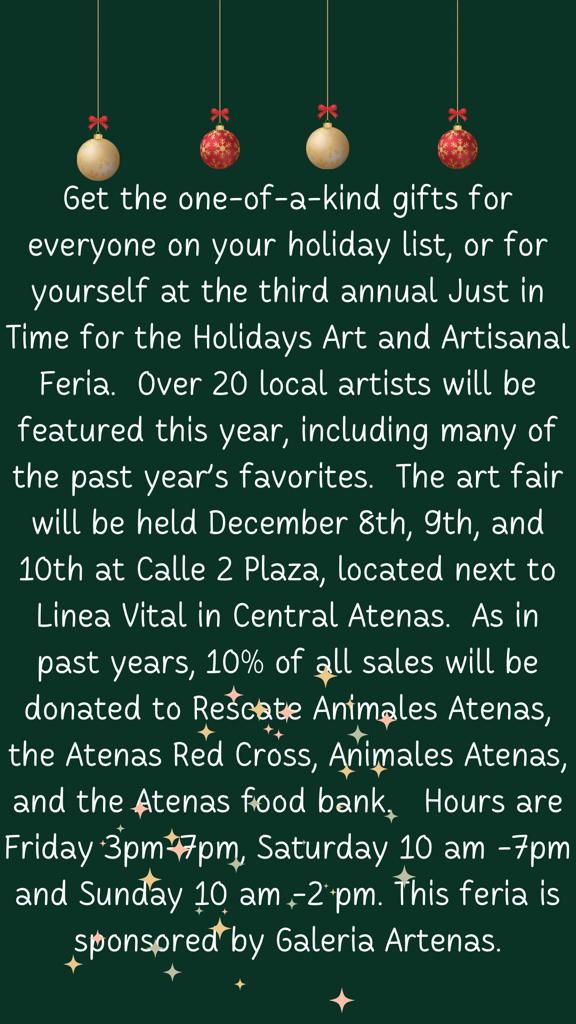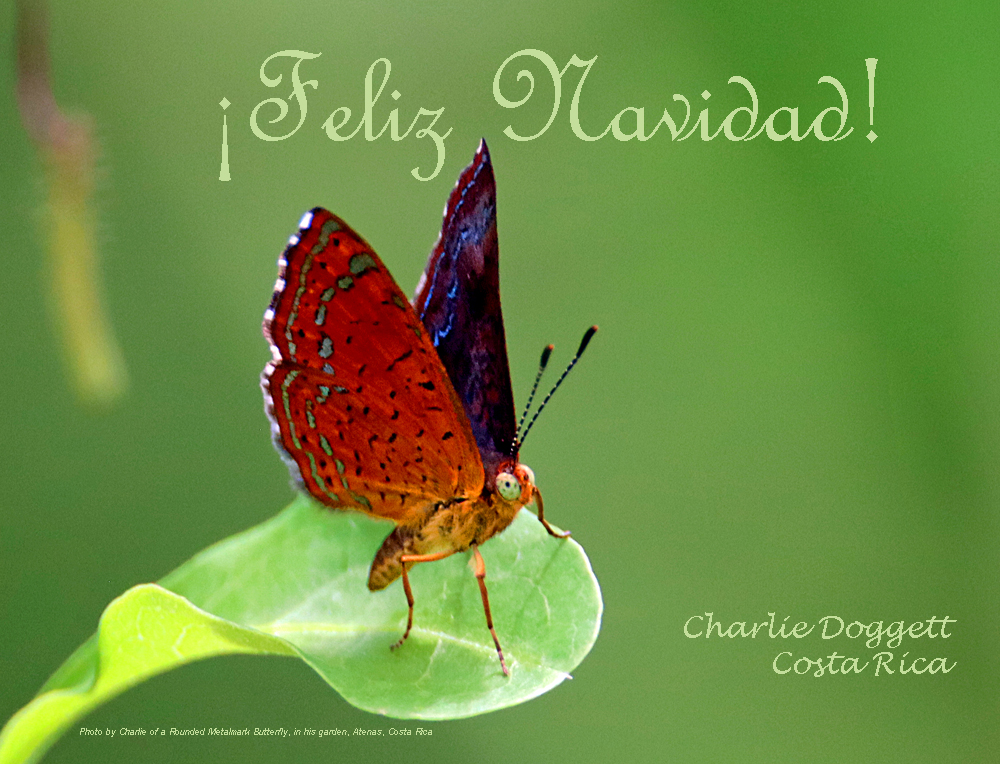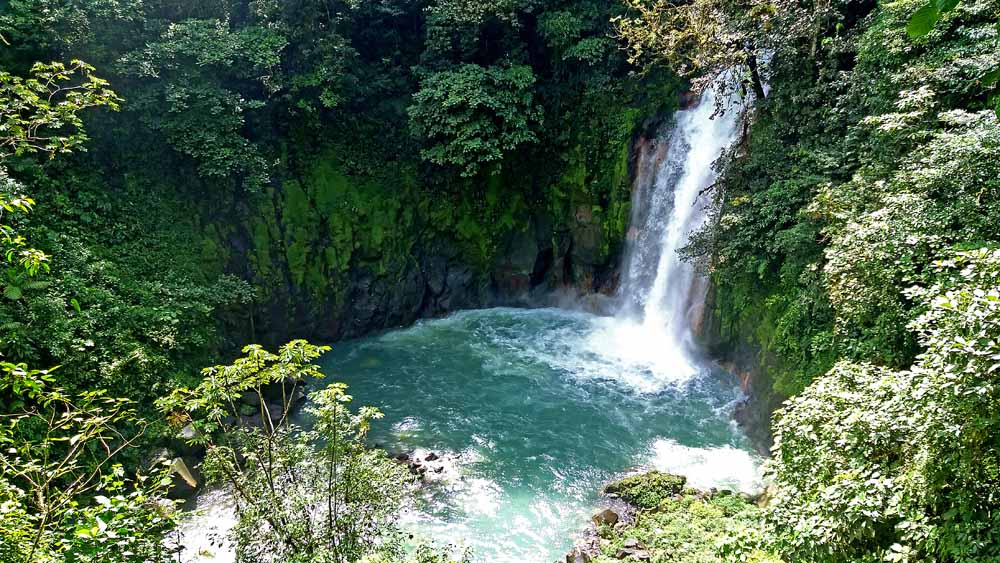Today is your last chance to get some great deals on unique art as gifts or for yourself, 10 am to 2 pm today at Calle 2 Plaza adjacent Linea Vital. DON’T MISS THIS!
¡Pura Vida!

Today is your last chance to get some great deals on unique art as gifts or for yourself, 10 am to 2 pm today at Calle 2 Plaza adjacent Linea Vital. DON’T MISS THIS!
¡Pura Vida!

The “Just in Time for Christmas” Art Fair is open today from 10 am to 7 pm on the covered plaza of Calle 2 Plaza in front of Galería Artenas, next door to Linea Vital Medical Plaza. If you live in Atenas, I hope to see you today! 🙂

Check out the JIT Facebook Page.
¡Pura Vida!
If you live in or near Atenas, I hope to see you this weekend at the “Just in Time for the Holidays” Art Fair at Calle 2 Plaza and Gallería Artenas.

Get the one of a kind gifts for everyone on your holiday list, or for yourself at the third annual Just in Time for the Holidays Art and Artisanal feria. Over 20 local artists will be featured this year, including many of the past year’s favorites. The art fair will be held December 8th, 9th, and 10th at Calle 2 Plaza, located next to Linea Vital in Central Atenas. As in past years 10% of all sales will be donated to Rescate Animales Atenas, the Atenas Red Cross, Animales Atenas and the Atenas food bank. Hours are: Friday 3pm-7pm, Saturday 10 am -7pm and Sunday 10 am -2 pm. This feria is sponsored by Galeria Artenas.
NOTE: This may be my last time to offer my “Nature As Art” in this show (still debating on my future in it) but I am definitely leaving the Gallería Artenas January 14, so now is the time to get my artwork in person in two places at once! My greeting cards and accent pillows will be only in the Gallería Artenas while everything else will be just outside on the beautiful new Calle 2 Plaza at my Art Fair table! This year I’m featuring a new Calendar 2024 of beautiful Costa Rica Butterflies! Plus a few new “Feliz Navidad” nature Christmas Cards! Come check it out!
In the future my photo art will continue to be available online through multiple sources by way of my website/blog! On my website/blog menu just click Gallery or Bookstore or CafePress for Wall Art & Books to Coffee Mugs & Accent Pillows! And my Nature As Art will continue to be available on the internet! Hey! I’m retired, 83 years old, and keep trying to make myself slow down! But I will never stop photographing nature! 🙂 And I’ll continue posting the photos on my blog! Sign up for that if not already subscribing. 🙂

¡Pura Vida!

¡Pura Vida!
And if you like my Christmas Card photos, see all of the ones I’ve sent from Costa Rica in my Christmas Card GALLERY.
The annual weekend art fair that I have been participating in for 3 years now is next weekend, December 8-10 at a new location, Calle 2 Plaza, in the same plaza as the new Galería Artenas which is now the sponsor of the art fair. That means you can find Charlie Doggett “Nature as Art Photography” next weekend in both places! Side by side! 🙂
I will continue to have 6 wall art photos, all of my greeting cards and floral accent pillows plus 5 photo books in the Galería Artenas through 13 January, my last day as a member of that cooperative, which I will explain later. But I WILL HAVE 7 DIFFERENT ITEMS IN THE ART FAIR! (1) A new CR Butterflies 2024 Calendar, (2) Atenas Tote Bags, (3) T-shirts, (4) Coffee Mugs, (5) Mouse Pads, (6)several different Wall Art Photos, and (7) a few different Photo Books including my brand new Pura Vida Butterflies, Second Edition with more than 240 species! (Linked to a free preview of it!)

¡Pura Vida!
And today just before publishing it, I added another new butterfly! 🙂 I’ll share that butterfly tomorrow, but here is the link to my new Costa Rica Butterflies book:
348 photos of more than 240 species of butterflies in Costa Rica makes this the largest current photo book of just Costa Rica Butterflies. Use as a coffee table book or for identification and research with a complete index of both common English names and the Latin scientific names. And this is right on the heels of the release of my second edition of the smaller Hotel Banana Azul Butterfly book! 🙂
Follow this link or click the image of the book’s front cover below for a free electronic preview of every page! https://www.blurb.com/b/11802842-pura-vida-butterflies
¡Pura Vida!
Celebrate Your Unique Talent Day (November 24): You may not be a basketball star or have the lead role in the school play, but you have a talent or two to celebrate. Maybe you can whistle every song on Taylor Swift’s new album. Or balance 27 stacked Legos on your fingertip. Whatever your talent, share it with friends and family today. 🙂 And I will continue to share my nature photography on this blog! 🙂

¡Pura Vida!
See the many talents here in Costa Rica and the many ways they celebrate them in my GALLERY: PEOPLE, FIESTAS & ARTS Costa Rica
Hotel Banana Azul is my #1 source of butterfly photos and thus they get another book just for butterflies found on their property and nearby reserves. If you are going to the Costa Rica Caribbean and love butterflies, then you will want to take a copy of this book with you, featuring 61 species of butterflies photographed there! One of a kind book! 🙂 And why I’m introducing this week? Because Blurb is offering a “Black Friday Sale” of 50% off photo books! And I’m about to do another book also, for the same reason! 🙂
See all the pages in the free preview at: https://www.blurb.com/b/11780529-hotel-banana-azul-butterflies
Or click this image of the book cover:
¡Pura Vida!
in the Atenas Public Clinic Parking Lot, painted over an older ugly one.

¡Pura Vida!
And if you like graffiti, you might want to check out my GALLERY: Public Art & Graffiti – Atenas with graffiti in other places mixed in with the trip galleries to those places.
Above all else, guard your heart, for everything you do flows from it.
~Proverbs 4:23
Yes, this blog started as a “reporting” of my experiences of living “Retired in Costa Rica” and the first few years have lots of “how to” or sharing my experiences of the big transition to a legal resident of Costa Rica. Now that I’m a “Residente Permanente,” it is more of the experiences “flowing from my heart,” and the God I love, and his beautiful natural world that he created for us to enjoy and manage. I hope my current nature blogging motivates just a few people to help save the natural world all around this globe, to love it and to be inspired by it while much of the world’s humans are systematically destroying forests and all the nature within! Nature is the theme of my blog now! But I will not change the name because that is still who I am, a retiree in Costa Rica! 🙂
Look deep into nature, and then you will understand everything better.
~Albert Einstein

I remember as a child in El Dorado, Arkansas (14 miles from the Louisiana state line) walking the three blocks or so to a small city park with a little pond and being amazed at all the life and activity seen in just the shallow edges of the water and wanting to look at drops of that water through a microscope for the protozoa and other life a book had told me about.
WARNING: This is a longer than usual blog post but still with nature photos! 🙂
Continue reading “Flowing from my heart . . .”